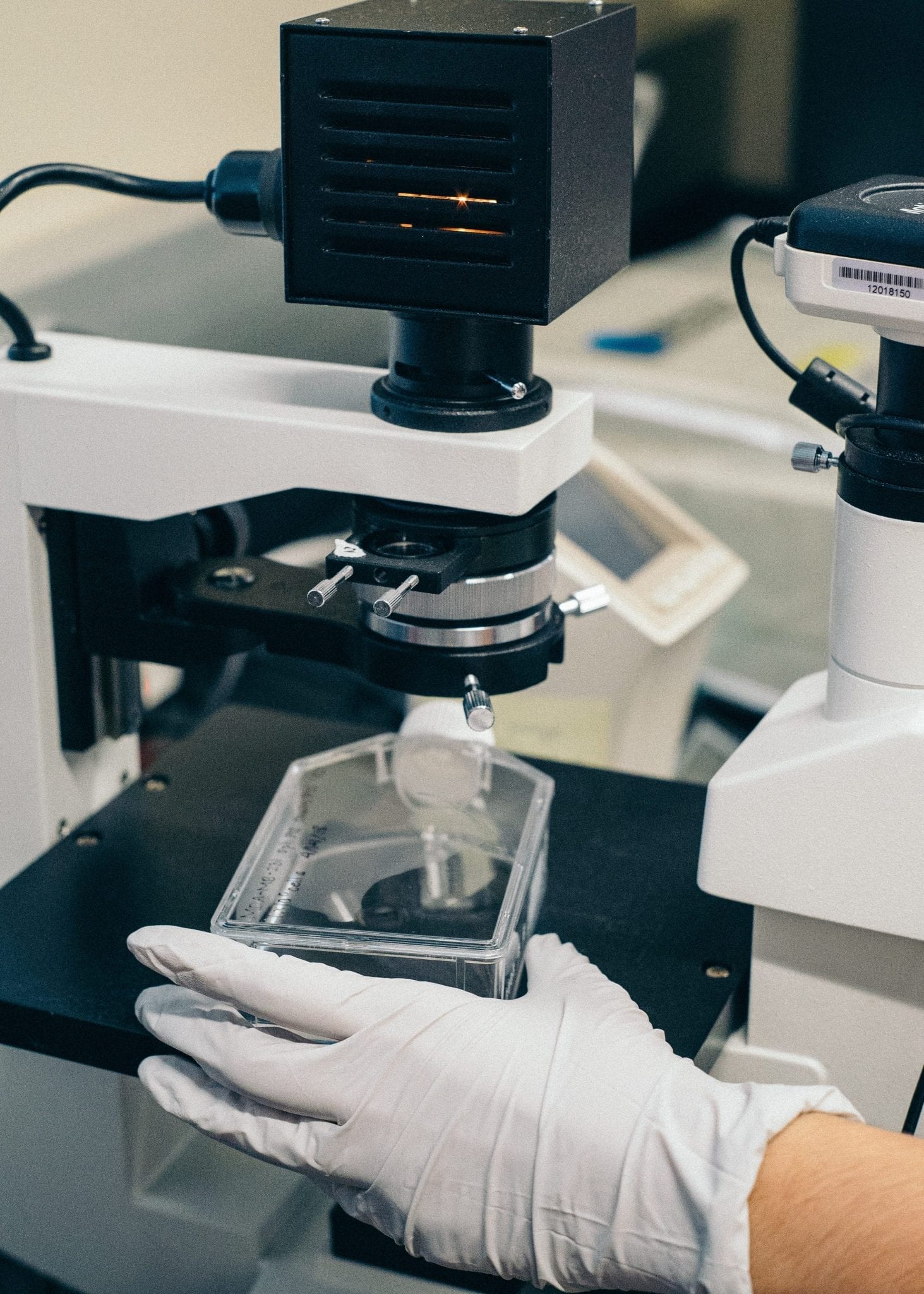Prescription Data May Underestimate Concurrent Use of Opioids and Benzodiazepines
An analysis of Quest Diagnostics drug test information found patient prescription data by itself underestimated how many individuals combined opioids and benzodiazepines. Among a selected sample of patients whose drug tests indicated concurrent benzodiazepine and opioid use, 64% had at least one benzodiazepine or opioid that was not prescribed, according to Quest researcher Leland McClure, PhD, and his colleagues.
“Clinicians need to be aware if their patients are using potentially dangerous combinations of drugs like benzodiazepines and opioids,” McClure said of the limited prescription data. “Because state-based prescription drug monitoring programs are limited to drugs prescribed, more effective detection of drug use is achieved by supplementing the prescribed drug database information with objective methods like drug testing.”
A recent review of prescription data and healthcare claims showed that among opioid users, concurrent use of benzodiazepines more than doubled the risk of an overdose-related emergency room or inpatient visit. An estimated 23% of people who died of an opioid overdose in 2015 also tested positive for benzodiazepines.

The Quest Diagnostics analysis was based on 456,675 sets of test results from 276,953 patients in 50 states and the District of Columbia in 2017. Results included a report indicating what tested medication was prescribed and whether the prescribed drugs were detected. The labs performed drug testing with quantitative definitive tandem mass spectrometry and presumptive immunoassay screens preceded some. Immunoassays were performed using tests modified to detect target drugs exhibiting low levels of cross-reactivity.
“Our analysis defined relationship groups to ensure that drugs that could be metabolites of other drugs did not falsely inflate positivity rates,” McClure explained.
68.2% of specimens tested positive for opioids and 29.2% tested positive for benzodiazepines. Overall, 20.6% tested positive for concurrent use of benzodiazepines and opioids. Of these, 36% had been prescribed both drug types and 64% had at least one non-prescribed drug. 16% of specimens that tested positive for opioids also tested positive for non-prescribed benzodiazepines. An estimated 13% of specimens that tested positive for prescribed benzodiazepines tested positive for non-prescribed opioids.
“The extent of concurrent use of benzodiazepines and opioids, particularly non-prescribed use, cannot be determined by prescription drug database monitoring programs alone,” the researchers indicated.
Every day, more than 115 Americans die after overdosing on opioids. Between 1996 and 2013, the number of adults who filled a benzodiazepine prescription increased by 67%, from 8.1 million to 13.5 million. In 2015, 23 percent of people who died of an opioid overdose also tested positive for benzodiazepines.
The Centers of Disease Control and Prevention (CDC) recommends reviewing prescription drug monitoring program data to conclude whether a patient is receiving both opioids and benzodiazepines, which may increase the risk for overdose, performing urine drug tests before starting patients on opioid treatment, and considering annual drug testing to check for prescribed medications and illicit drug use.
The CDC also recommends that clinicians avoid prescribing benzodiazepines concurrently with opioids whenever possible. As always, those being prescribed any medications by their doctor should inform their care provider about all of the other drugs and medications they use to avoid dangerous side effects, including death. And, patients should be aware of all possible side effects before deciding to combine medications and other substances, including alcohol.


Join the conversation!